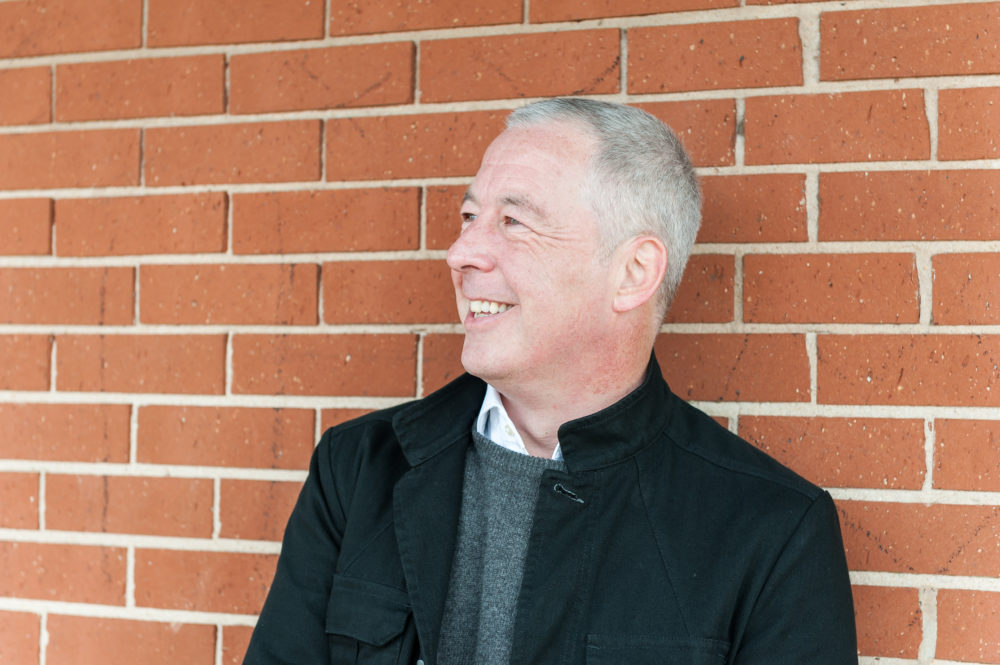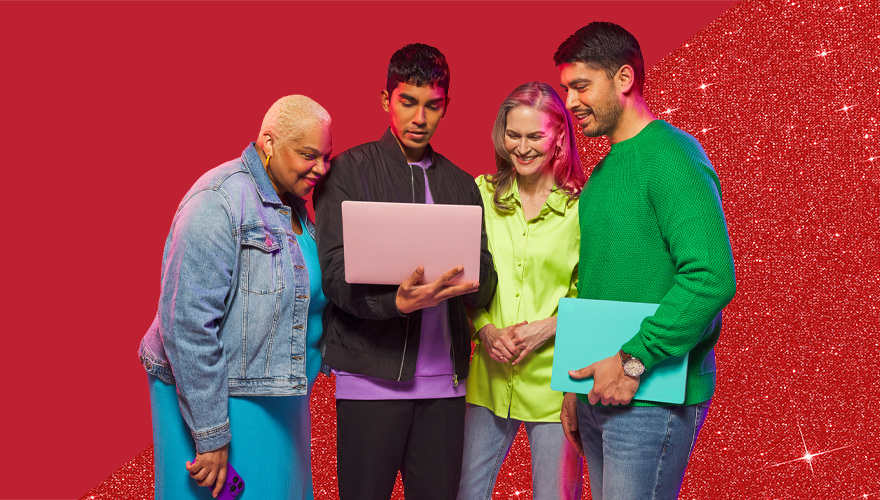Getting the customer experience right is a tough challenge for small businesses.
We’ve seen major changes in the way that people are accessing goods and services, but what about the way businesses deal with people?
Adrian Swinscoe is an advisor on both customer experience and customer service. We thought we’d ask him for some insights on the role of technology and what today’s customers expect from companies.
Why is customer service in some businesses lacking?
I think companies are divorced from the customer and what they experience. It’s like a psychosis that affects many people – we wake up in the morning and we’re a customer, then when we cross the threshold of the organisation we work and we might end up becoming this company person who has no relation to the previous person they woke up as.
It’s a Jekyll and Hyde thing – you’ll leave at the end of the day and revert into that ‘normal’ person.
The higher up you go in an organisation, the harder it is to stay in touch with your customers. People get lost in the complexity and they don’t try as hard to stay in touch with the customers that benefit from the service.
I was speaking to an NHS Trust who bring patient and families into the boardroom to tell their stories.
One patient had some sort of blood clot in the brain and the proposed medical procedure would’ve gone down the route of A,B and C. However, the medical director said it would be better to do X,Y and Z. As they went with the latter, they removed the clot.
He and his family were incredibly grateful. They came into the boardroom to tell the story and it was made known to them that it was the medical director who made the decision to go with the alternative procedure. His wife didn’t know and promptly went around the boardroom and gave the director a huge, heartfelt hug. When you’re busy in exec positions it’s hard to do that sort of stuff.
How do you achieve a good customer experience as well as a good outcome?
It’s all about understanding the customer. It’s easier to deal with the process but harder to deal with how the process affects somebody.
The old CEO of Tesco was this guy called Terry Lee. He spent about 40% of his time in stores every week – he’d be walking around, talking to customers and people stacking shelves. He just wanted to see what was going on. It kept him so connected.
If you think about retail, a lot of the time we’ve got to think about living our customers’ experience as to what works and what doesn’t, otherwise we would end up guessing.
Sometimes you need to mystery shop yourself and your competition. If you’re working with your customers on a regular basis, you’ll know everything you need to know because they’ll tell you. It comes back to this idea of joining experience, service and outcome together. You need insight and not necessarily insight that you’d get from a bunch of data.
‘We’ve got to think about living our customers’ experience’
There’s a great quote that comes from Alfred Korzybski: “The map is not the territory”. You can have really positive scores but be losing customers. They don’t really tell you what’s going on, they don’t capture how people feel about something or how they’re reacting to something. For the real feedback, you need to make the effort to find these things out and deepen your understanding because these are the things that make the difference.
Qualitative stuff is useful. Let people speak! It’s like a speedometer – it’s helpful to know that you’re going along at the right sort of pace, but how did the car sound on the road, how much was the car vibrating?
Customers will probably find it easier to tell you what they don’t like than what they do like. If you ask them to tell you what they want in future, they’re generally not that good at that. They’re better at responding to suggestions like: “If we did this, what would you think?”
Does tech make the customer experience better or worse?
It depends – if the right technology is applied in the right way, perhaps. However, some apply the technology as if it’s going to save them and that it’s going to solve this problem that they haven’t worked hard enough to understand, rather than try and fix it themselves.
The thing that gets displaced in the big push to digital-only service platforms is the human touch. The assumption that introducing technology will reduce the need for human intervention is wrong. You just make a bad thing worse.
What mistake do small business owners commonly make when it comes to customer service?
I think the mistake small businesses often make is that they get caught up in people telling them that they should be doing this or doing that. One example is getting customer feedback by sending a customer survey.

In principle, it’s a fair move. However, doing it as a tick-box exercise without any thought or care of how it’s being done can be more damaging than not doing it at all. Make sure that the survey is relevant, short, timely and asks for open-ended questions as well scores and ratings.
How do customers today compare to customers 20 years ago?
I think there are a lot more customers with higher expectations because businesses are working on a much broader variety of channels now.
Many large organisations are serving their customers over nine different channels, according to research. That number is set to grow to 11 over the course of this year. Face-to-face, online, letters, phone, email, live chat, text, video, social networks, forums – it can quickly add up. There’s a small percentage of companies that have all those channels connected, though.
People are having these disconnected experiences. They think: “I’m emailing you here, I’m on the phone to you here on live chat here,” and the company thinks customers are having three conversations when they think they’re having one.
Companies keep adding channels on without thinking. For small businesses that don’t want to make the same mistakes as larger businesses, remember that omnichannel doesn’t mean every channel. It means the right channels. More importantly, taking an omnichannel approach means that you can have connected conversations.
If I’ve got someone who has contacted me on multiple channels, I should be able to see all those conversations in one place to give me a complete insight into what’s going on. Customers won’t give a hoot if you have 100 communication channels if you don’t use them properly. In their mind, they’re having one conversation with your organisation – just deal with it.
‘Omnichannel doesn’t mean every channel’
There are programmes to merge these communications, but a lot of companies don’t use them. They add new channels or teams without coordinating. People on different teams haven’t talked to each other about the same customer.
You just need to have a broader idea of what it is you want to achieve along with your service strategy and customer experience strategy. You also need to understand what’s required to facilitate all of that.
Don’t be afraid of going slowly when adding new channels. When you’re a small business, you don’t necessarily have a huge number of resources and there’s only so much you can take on. I use the analogy of that guy you see spinning plates at the circus. You don’t start spinning five plates at one time: you start with one and then you get to two, three, four and you get an assistant for the fifth, sixth and seventh one. The key is to get good with a few rather than being mediocre with a lot.

Tower Paddle Boards are based in San Diego and they’re run by Stephan Aarstol. Three or four years ago he was concerned about employee wellbeing. He decided he was going to make a drastic change in the business, going from a standard eight or nine-hour work day to a five-hour work day.
They would start at 8am and smash it all the way through to 1pm with no break and employees are still paid their regular salary. The company have a retail outlet and they changed their opening hours from 8am-1pm too.
The fascinating thing is that he did this for the benefit of his employees and was expecting to take a 40% hit on his revenue. It turned out to be the exact opposite. Over the following months, profitability increased by 30%.
Their shop was in the main strip in San Diego. The new opening hours force employees to work more effectively with each other as well as their customers. They just did their jobs better, doing less to achieve more.
Is the notion that the customer is always right still true today?
I think that you should never make the customer wrong. You’re only dealing with an experience – how somebody feels about something is never wrong. You have to properly listen to defuse that. Try saying: “I’m sorry you feel that way. Let me understand what happened and what we can do to fix that.” It’s the human thing to do.





